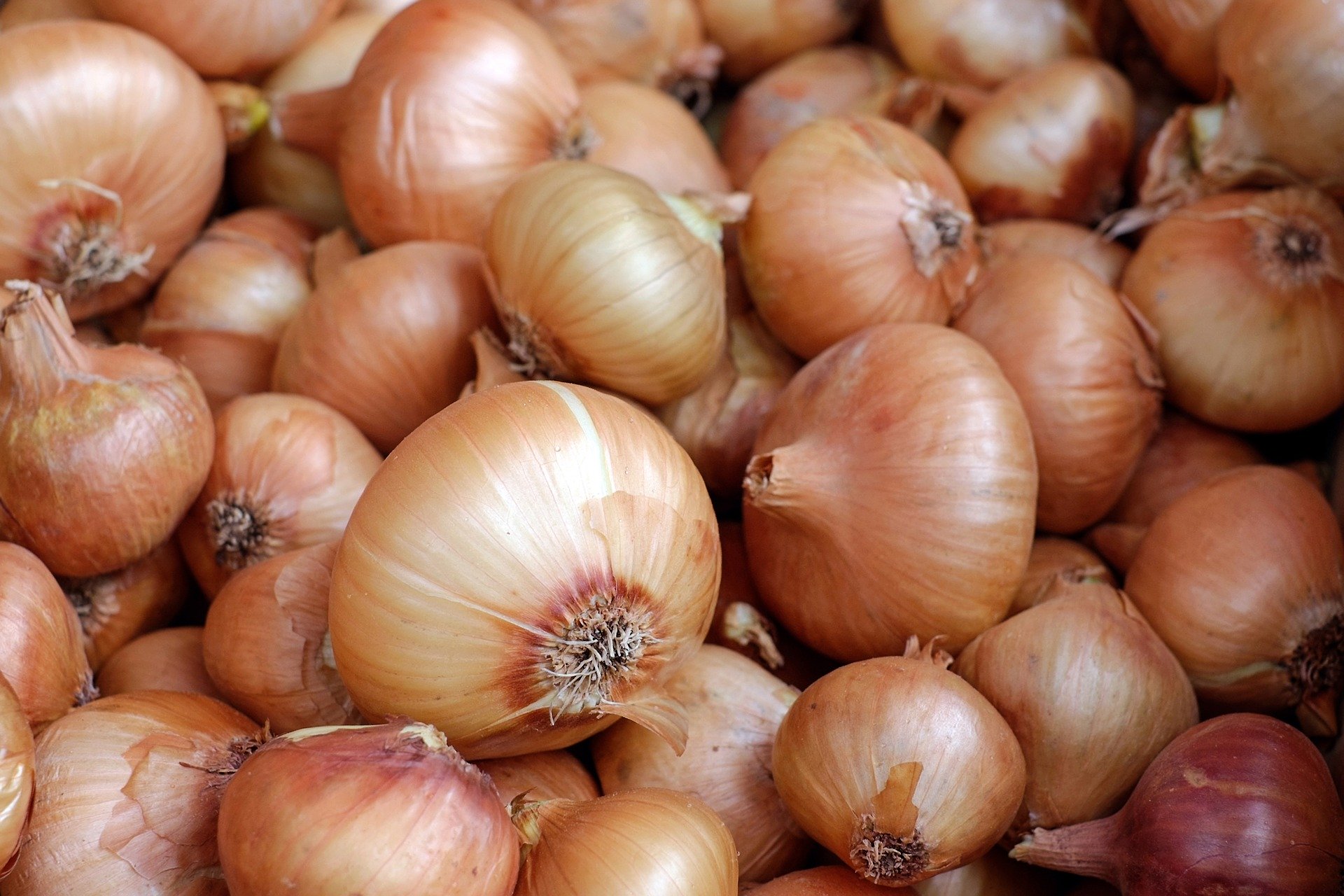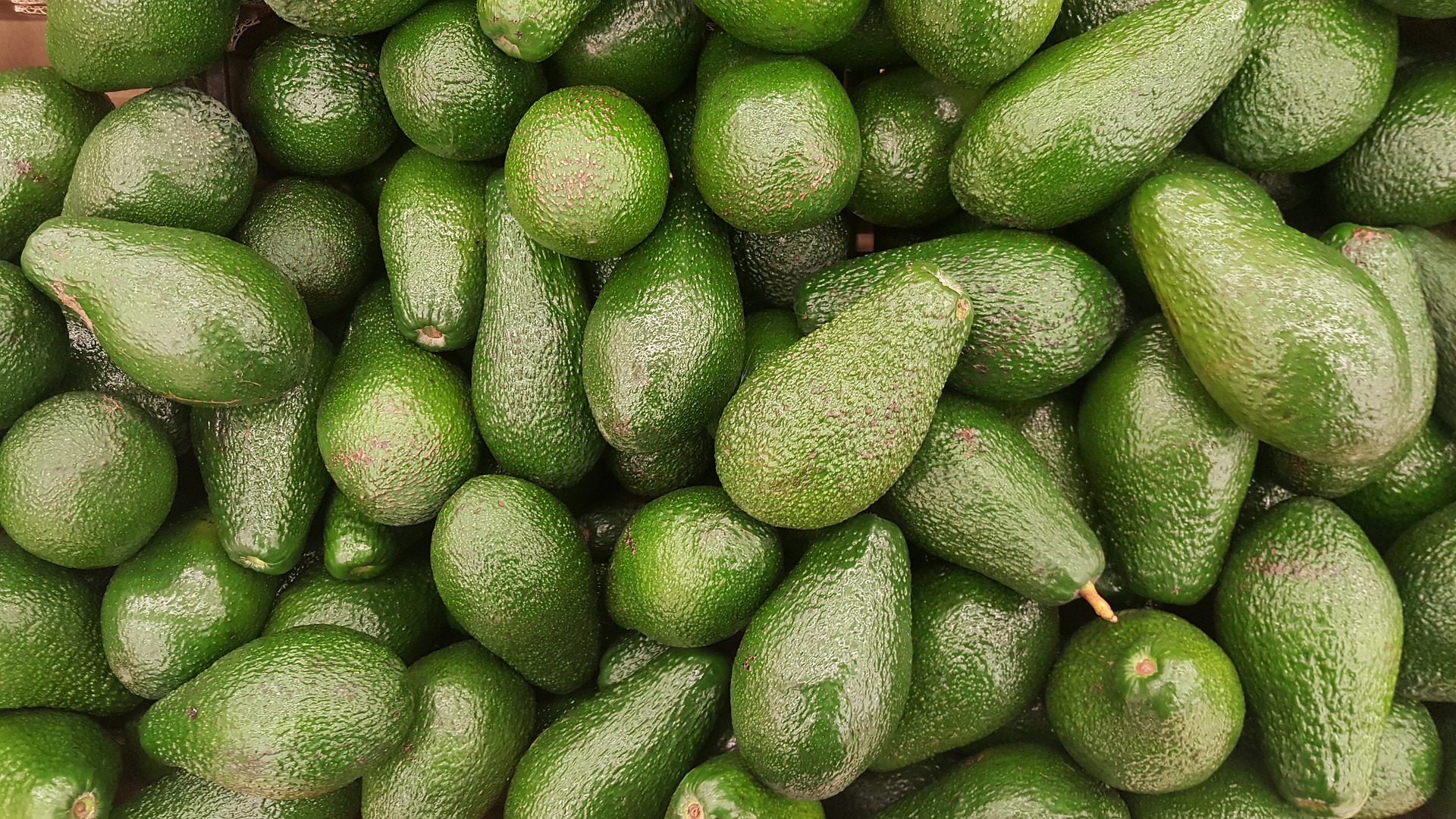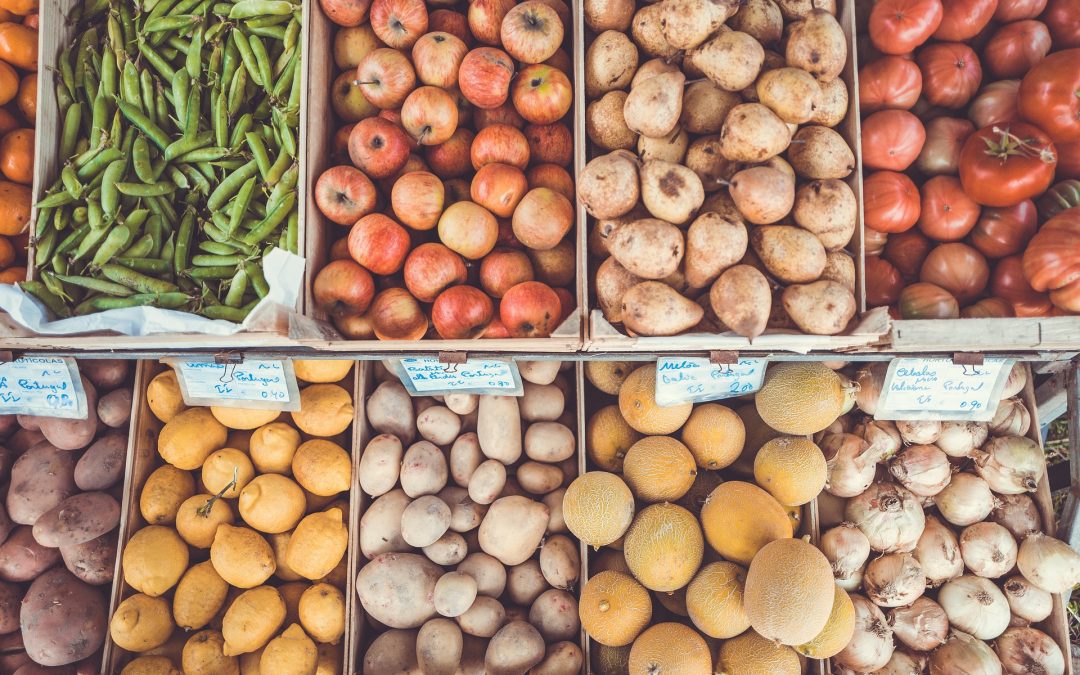Difficulties with digestion are more common than you might think. It’s thought that around 40% of people have at least one digestive symptom at any one time. Symptoms are often caused by certain foods and can include gas, bloating, stomach cramps and diarrhoea. Many people who experience these kinds of symptoms suffer from digestive problems like Irritable Bowel Syndrome and Inflammatory Bowel Disease. If you struggle with IBS or other digestive issues, you may have heard of FODMAPs and low-fodmap diets.
Throughout this article, we’re going to delve into the world of FODMAPs, answering the following questions: What are FODMAPS? What foods contain FODMAPs? And, how can a low-FODMAP diet ease digestive issues?
What are FODMAPs?
FODMAP stands for Fermentable Oligo-saccharides, Di-saccharides, Mono-saccharides, And Polyols. FODMAPs are short-chain carbohydrates which are poorly absorbed by the small intestine. The small FODMAP molecules draw fluid into the bowel and are also rapidly fermented, which produces gas. This increase in fluid and gas swells the bowel, causing bloating, stomach pain and other symptoms for those with hypersensitivity.
The main FODMAPs include fructose, lactose, polyols, fructans and galactans.
Sensitivity to FODMAPS is most common among those who suffer from Irritable Bowel Syndrome.
Foods That Contain FODMAPs
FODMAPs can be found in a range of foods, many of which the majority of us eat daily. While not conclusive, here is a list of foods high in FODMAPs:
Fructose: Fruits (e.g. apples, pears, mango), honey, sweeteners, dried fruit, fruit juices
Lactose: Milk (cow, goat & sheep), ice cream, yoghurt, cheeses (soft & fresh)
Polyols: Vegetables (e.g. asparagus, brussels sprouts, broccoli, cabbage, garlic), wheat and rye (e.g. bread, pasta, couscous, crackers, biscuits), legumes (e.g. chickpeas, lentils, red kidney beans, baked beans), some fruits
Fructans: Vegetables (e.g. onions, garlic, artichokes), fruits (e.g. bananas), cereals and wheat
Galactans: Mainly legumes (e.g. lentils, chickpeas, red kidney beans)



How Do FODMAPs Affect The Gut?
Evidence shows that for people with a sensitivity to FODMAPs, the short-chain carbs can induce the following symptoms:
- Bloating
- Abdominal pain
- Nausea
- Diarrhoea and/or constipation
- Wind
Benefits of Eliminating FODMAPs
While eliminating foods high in FODMAPs may seem like a daunting task – is there anything you can eat? – low-FODMAP diets can reduce many of the symptoms that come with digestive problems.
Irritable Bowel Syndrome
When following a low-FODMAP diet, evidence suggests that 70% of patients with IBS experience significant improvement in symptoms, particularly abdominal pain and bloating.
Non-celiac Gluten Sensitivity
Individuals who suffer from Non-celiac Gluten Sensitivity (NCGS) may benefit from a low-FODMAP diet, too. Studies have shown that NCGS patients who eliminated FODMAPs from their diets noticed a significant and consistent improvement in abdominal pain, bloating, stool consistency, gas, and fatigue.
Inflammatory Bowel Disease
Studies have also shown that reduced FODMAP intake can help patients with IBD who have ‘concurrent functional gut symptoms’. One study found that patients with Crohn’s Disease and Ulcerative Colitis who followed a low-FODMAP diet noticed an improvement in overall abdominal symptoms, abdominal pain, bloating, wind and diarrhoea.
We hope this guide has provided you with an insight into FODMAPs and the low-FODMAP diet, and perhaps given you a new way to deal with the uncomfortable symptoms that come with digestive problems.
When trying out any new approach to tackling your symptoms, always bear in mind that everyone’s body is different, so what works for one person, may not be the best for another.
Before beginning a low-FODMAP diet, we advise speaking to an experienced dietician to discuss your symptoms and the best way forward for you.
For more information about FODMAPs and low-FODMAP diets, we recommend the following resources:

